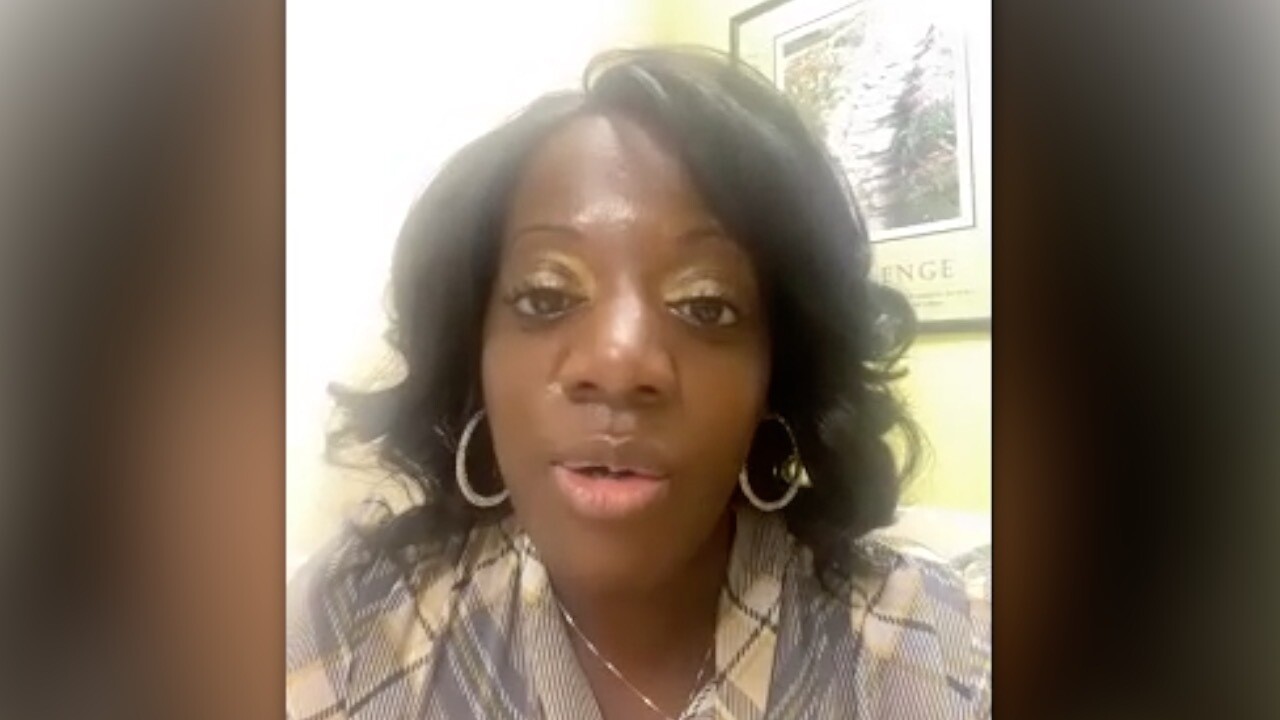CINCINNATI — After 12 months of watching schools adjust schedules, learning models and teaching methods, Nana-Hawa Yayah Jones can see the kind of impact the coronavirus pandemic is having on her children.
“[My son] has gone from straight As to Bs, Cs, Ds and Fs,” she said, talking about her younger son who attends Covedale Elementary in Cincinnati Public Schools. “He has a hard time focusing and concentrating.”
Another concern she has for him is the social and emotional impact of the pandemic.
“He was really a very extroverted, bubbly, social kid,” Jones said. “He now doesn’t want to do anything. He doesn’t want to do baseball. He doesn’t want to play drums.”
Jones has another son who attends Walnut Hills High School. He’s doing a better job keeping up with his grades, she said, but she worries about the quality of that school’s entirely remote model.

School districts are used to dealing with the annual ‘summer slide’ — an expected and measurable learning loss some children experience during summer break. But a bigger concern this year might be related to COVID-19.
“We know the summer slide is real,” said Tom Burton, superintendent for Princeton City Schools. “We know what happens when those students don’t have those learning opportunities over the summer. We’ve heard a lot about the COVID slide. We know that that’s real.”
The so-called “COVID slide” was unavoidable with districts rightly focusing first on student and staff safety, Burton explained. He praised the hard work of his teachers, staff and students who have made the most of the hybrid learning model, but said there’s just no replacing traditional instruction.
“There’s nothing like having the students, teachers, administrators, everybody together in person,” Burton said. “In-person learning, nothing can trump that.”
In an effort to catch students up and deal with some of those learning gaps created by COVID-19, Princeton City Schools recently introduced a program called Receive Extra Academic Classroom Help (REACH). Students in the district can sign up for free, after school tutoring sessions to go over concepts they may be struggling to understand. The district is also building out its existing summer learning programs to be more robust.
“We have to do more. We just have to,” Burton said. “Those gaps are real and we need to do everything we can to close them.”
While educators are noticing the pandemic’s impact on student learning first-hand, a preliminary study from NWEA, a non-profit research organization that focuses on student performance, also backed up some of those observations.
“That’s not a poor way of learning,” said Dr. Ginni Fair, dean of Northern Kentucky University’s College of Education, while discussing remote and hybrid learning models. “But it’s certainly not the only way of learning and it’s not the best way of learning for a lot of kids.”
Some challenges with those learning models include a lack of resources to support remote learning, the inability for teachers to give regular and immediate feedback and the inability for students to ask on-site questions and get one-on-one support when learning new concepts, Fair said. But she and Burton both agree teachers and districts have put in a lot of work to make these less than ideal learning models work for students.
Dr. Fair also pointed out how school districts across the region have stepped up to provide support for students in other ways. Many districts have had to connect students and families to the internet, provide devices to help with remote learning, offer take home meals to address food insecurity and support students’ mental and social health.
“School as an institution is absolutely critical, not just for the academics of our kids, but for economic health, social and emotional well being,” Fair said.
Cincinnati Public Schools is also working to address some of the social and academic challenges students have struggled with over the past year. It is ironing out the details now to expand its Summer Scholars program, acknowledging that “students need additional time and space to accelerate their learning this summer”.
While previously offered to third grade students in need of reading help or high schoolers not on track to graduate, this year CPS hopes to offer it to all K-12 students. For the first time, the program will “address social-emotional learning and enrichment activities aligned to the critical prerequisites of the upcoming grade."




